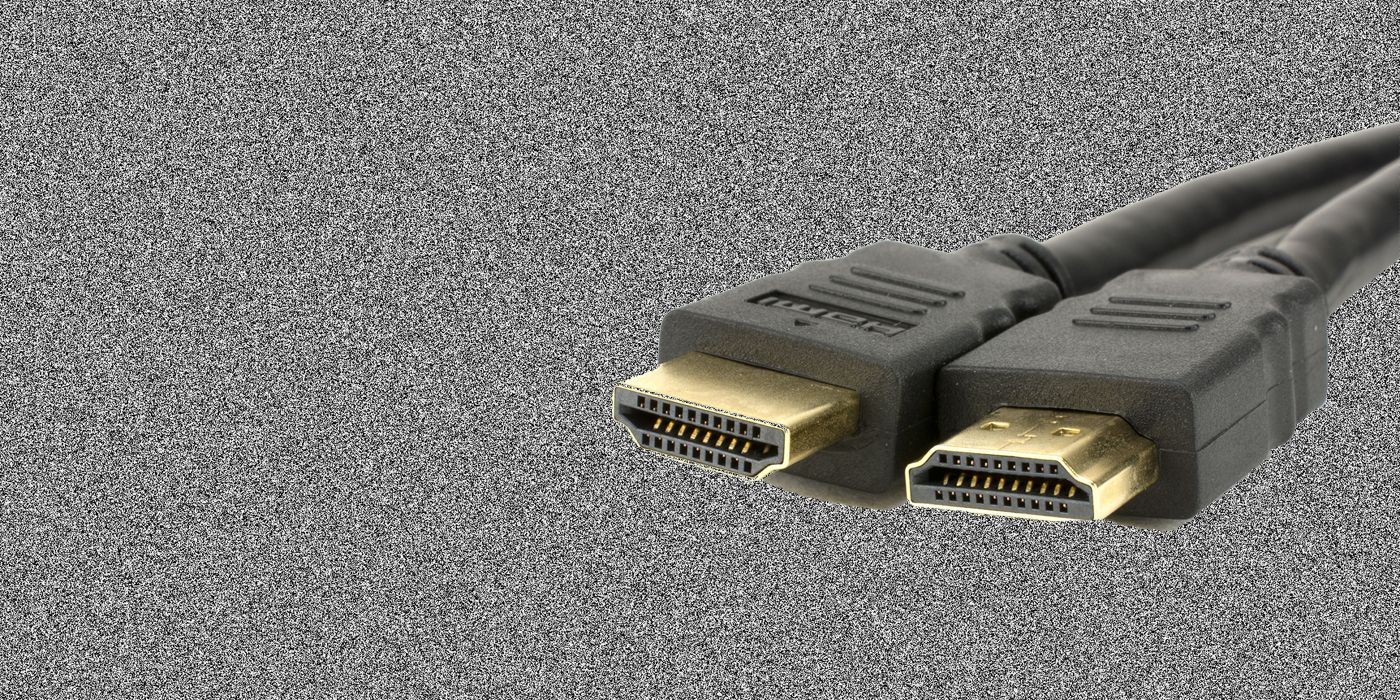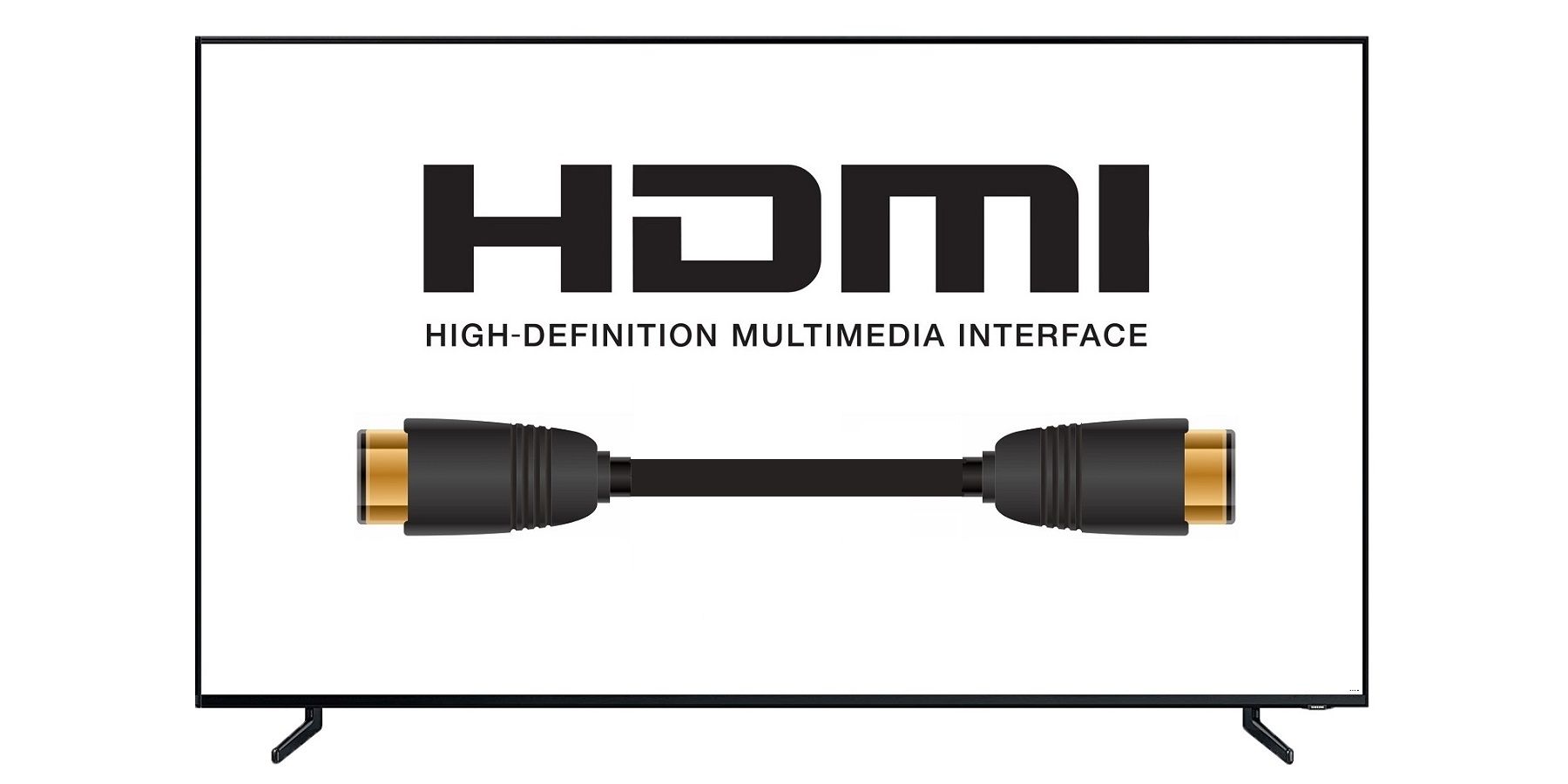How to Solve ‘No HDMI Signal’ from Your Device
The “No Signal” issue when connecting devices through HDMI is a common problem. Here’s what causes it and a few easy ways to get around this error.
You Are Reading :How to Solve No HDMI Signal from Your Device

The “No HDMI Signal” problem is a common issue that most people with at least an HDTV have encountered. It’s usually very easy to solve and rarely indicates a critical problem, which is great because that means 99% of the time, it won’t require replacing any of your electronics. The downside is, it’s a really frequent issue that some people might literally get every time they turn on certain devices.
HDMI is unique compared to a lot of connection types before it because it combines audio and video into one port. The cable itself, which is the result of combined efforts from a group of major electronics corporations that includes Sony, Philips, and Toshiba, is actually just a DVI cable with included wiring for audio transfers. HDMI is powerful (on the highest levels, the only audio/video cable with a higher throughput is DisplayPort) and convenient due to how absurdly ubiquitous it is. Its simplicity was a big factor in easing the process of adopting HDTV into most homes.
The part about HDMI that is complicated, though, is its licensing. HDMI uses a method of encryption called HDCP (High-bandwidth Digitial Content Protection). The goal of HDCP is to prevent a signal from being routed elsewhere, so it’s essentially an anti-piracy mechanism. HDCP works like online encryption in that it performs a key exchange between a source device (your game console, Blu-ray player, Roku, etc.,) and whatever the display is. This checking process is often referred to as a “handshake”. The vast majority of HDMI “no signal” issues are a result of that handshake going wrong.
What to Do When HDMI Isn’t Working

In those cases where the handshake doesn’t play out how it should, and you’re certain there isn’t just a loose cable, there are multiple, simple solutions to the problem. Almost all of them are simply various ways of making the two devices attempt the handshake again. For this reason, the primary solution and the first thing you should always try is to simply unplug the HDMI cable from the source device and plug it back in. It’s an underwhelming troubleshooting method, but it forces lots of important processes to restart and often results in a successful handshake.
If that doesn’t work, the next thing to consider is changing the boot sequence. So, if you turned on the display before your HDMI source, try turning both off and then powering them on in the opposite order. This is an extremely common solution for people with HDMI sources connected to a home theater system or an audio/video receiver. In many cases, the order in which these devices are powered on will dictate the success of the handshake.
If neither of those solves the problem, one final, common thing to try is to check resolution settings. Most TVs are smart enough to adapt to any resolution within their capabilities, but some devices that send video to a TV can be annoying in that regard. This is a big problem for PCs, for example, since they’re usually capable of outputting video in a wider variety of resolutions than an Apple TV or Roku would be. So, if your outputting device gives you manual control over its display resolution, consider setting that to auto, or picking your TV’s best resolution. If none of these things solves your “No HDMI Signal” issue, chances are there’s something wrong with the cable or the devices’ ports, meaning you’ll need a replacement.
Link Source : https://screenrant.com/hsmi-no-signal-solve-fix-how-to/
